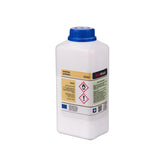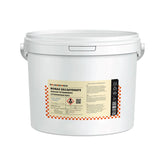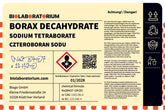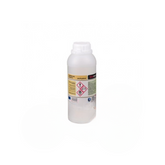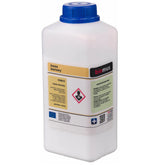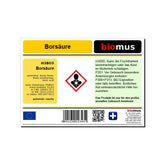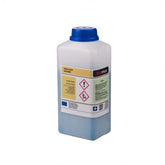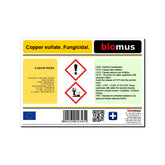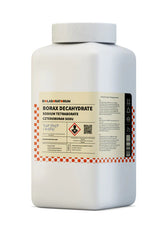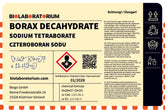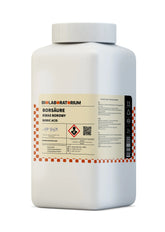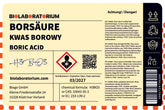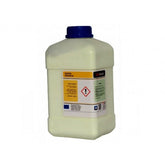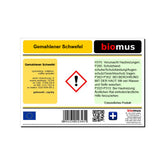Lead(II) Acetate (10 g) – Properties, Laboratory Applications, and Safety
As part of our comprehensive range of laboratory reagents, BioLaboratorium offers you high-purity lead(II) acetate in a convenient 10-gram package. This lead salt is a versatile chemical with numerous applications in chemical analysis and research.
In this blog article, we provide you with an overview of the properties, applications, and safety aspects of lead(II) acetate. This ensures you are well-informed when using this laboratory reagent in your daily work.
Properties of lead(II) acetate
Lead(II) acetate, also known as lead acetate or lead tetraacetate, is a crystalline, white to colorless-transparent salt with the chemical formula Pb(CH₃COO)₂. It is readily soluble in water and ethanol, but insoluble in acetone.
The molar mass of lead(II) acetate is 379.33 g/mol. The melting point is 280 °C, the boiling point is 480 °C. The salt is hygroscopic, meaning it absorbs moisture from the ambient air.
Lead(II) acetate is a strong oxidizing agent and reacts with many organic compounds. It forms insoluble precipitates with halides, sulfides, and phosphates. Therefore, it is used as a precipitation reagent in qualitative analysis.
Laboratory applications of lead(II) acetate
Lead(II) acetate is a versatile laboratory reagent with the following main applications:
Analytical chemistry
- Qualitative detection of halides, sulfides, phosphates, and other ions through precipitation reactions
- Complexometric titration of heavy metals such as copper, zinc, or cadmium
- Preparation of reference solutions for atomic absorption spectroscopy
Organic synthesis
- Oxidation of alcohols to aldehydes and ketones
- Introduction of acetyl groups into organic molecules
- Preparation of lead organyl compounds
Biochemistry and cell biology
- Labeling of proteins and nucleic acids with radioactive ¹⁰³Pb
- Investigation of lead uptake and distribution in cells and tissues
- Inhibition of enzymes by lead ions
Other applications
- Production of pigments and paints
- Use as a stabilizer in plastics
- Use in the glass and ceramics industry
Safety aspects during use
Lead(II) acetate must be handled with caution due to its toxicity. It is classified as a hazardous substance and is labeled accordingly.
The following safety instructions must be observed:
- Avoid skin contact and inhalation of vapors or dust.
- Wear appropriate protective equipment such as a lab coat, gloves, and safety glasses.
- Work in a well-ventilated laboratory fume hood to minimize exposure.
- Dispose of lead(II) acetate solutions and residues properly as special waste.
- Store the reagent dry, cool, and protected from light to avoid decomposition.
Also observe the specific safety instructions and hazard classifications on the label and in the safety data sheet.
By adhering to basic laboratory practices and precautions, handling lead(II) acetate can be made safe. This ensures that the versatile use of this reagent in your laboratory is unimpeded.
If you have further questions about lead(II) acetate or other laboratory reagents, do not hesitate to contact our expert team. We are happy to advise you!
